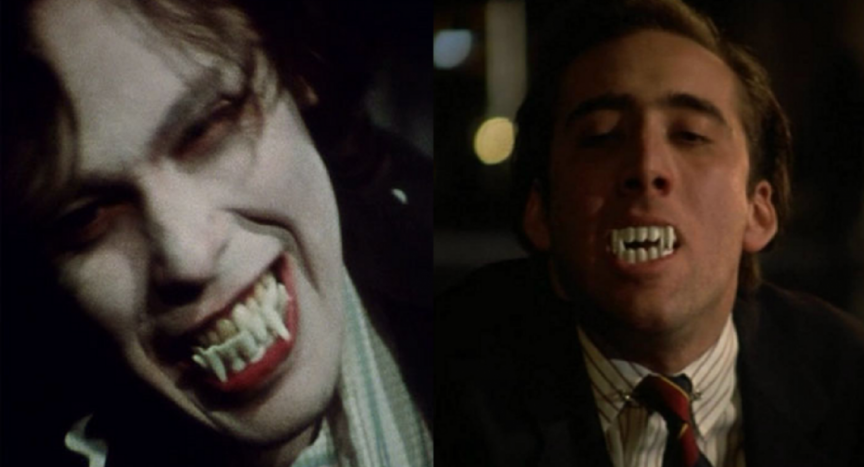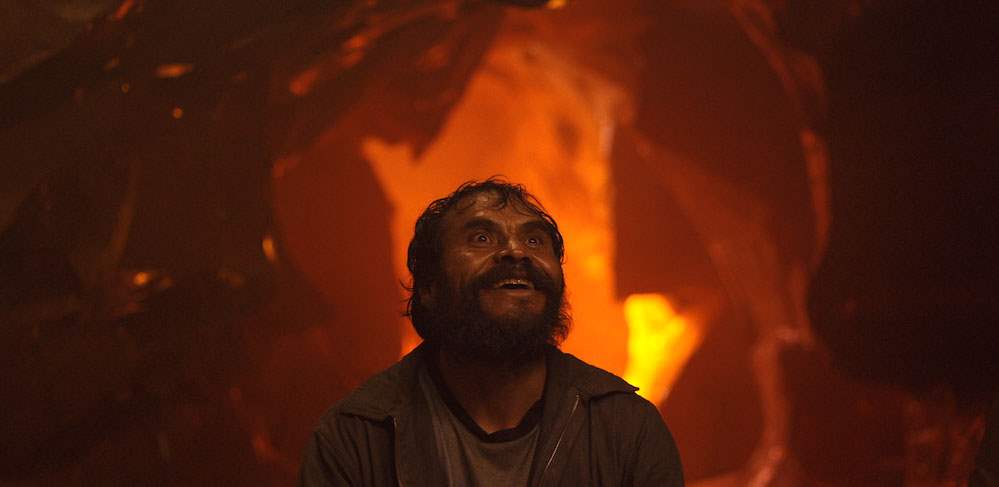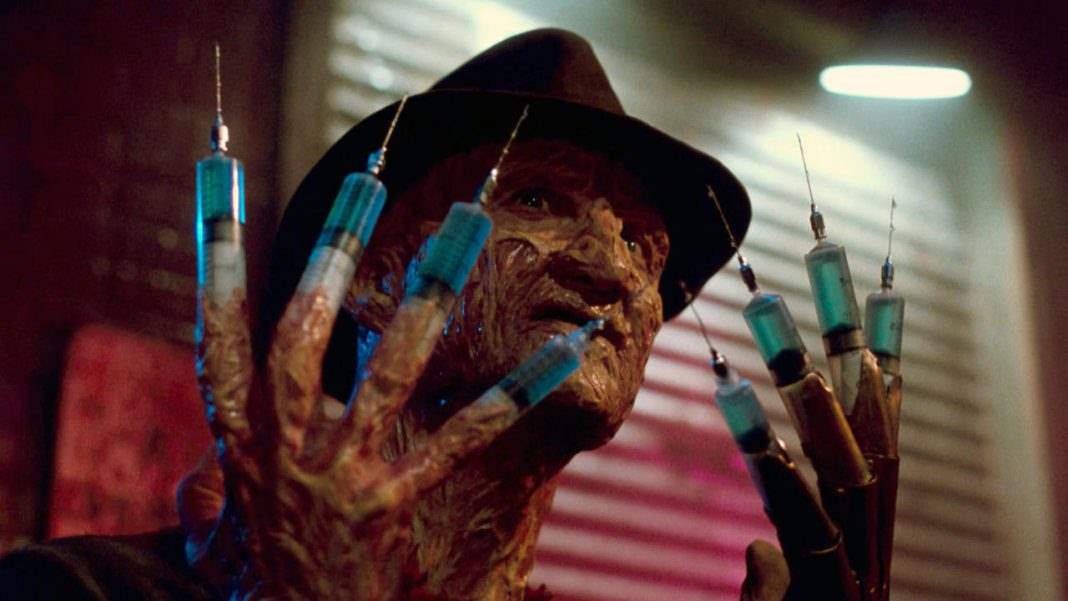Whether it’s treated as an ancient bloodline or a chronic disease, vampirism has been depicted in countless forms across popular culture. Though some of the most common vampire traits include immortality, fangs and blood consumption, not all vampire flicks follow these traditional conventions. For example, Martin (1977) and Vampire’s Kiss (1989) both emphasize the psychological causes of vampirism and eliminate its supernatural aspects.
Written and directed by George A. Romero, Martin opens with the titular antihero (John Amplas) murdering a woman on an overnight train; in this ritualistic act, he injects her with a sedative, rapes her, then drinks the blood from her slit wrists. The morning after, Martin arrives at his cousin’s house, where he is accusingly called “Nosferatu.” It soon becomes clear that Martin’s violent and vampiric inclinations are the result of old family superstitions and paranoia. Because in reality, Martin isn’t a nineteenth-century vampire; he’s a modern-day, mentally unstable teenager.

Though portrayed as a dark comedy, Vampire’s Kiss tells a similar tale of a man who believes he is a vampire. Peter Loew (Nicolas Cage) is a literary agent who — after imagining a sexual encounter with a vampire (Jennifer Beals) — becomes convinced he is turning into a bloodsucker. While Martin’s vampirism stems from long-term psychological manipulation, Peter’s vampiric beliefs are brought on by a sudden psychotic break. From eating a cockroach to senselessly tormenting his secretary, Peter becomes increasingly unhinged as he loses his grip on reality.
Both films illustrate the fevered imaginations of their troubled protagonists. In Martin, Martin’s false memories are presented intermittently as black-and-white flashbacks to the 1800s. In these flashbacks, we are shown romanticized vampire encounters that contrast Martin’s present-day rape-murder spree. In Vampire’s Kiss, we see Peter’s hallucinatory exchanges with the vampire, as well as his erratic and self-destructive behavior. It is not until the end of the movie that Peter commits his first murder by biting a woman’s neck; shortly after drinking her blood, he begins gagging. Martin, on the other hand, is a seasoned killer who enjoys drinking his victims’ blood.
Even at their conclusions, Martin and Vampire’s Kiss possess striking similarities. In their final scenes, Martin and Peter are unexpectedly killed by a stake to the heart — a method that would kill both a vampire and a human. Their demises are each met in a violent act of revenge, and both men die still believing they are vampires.







